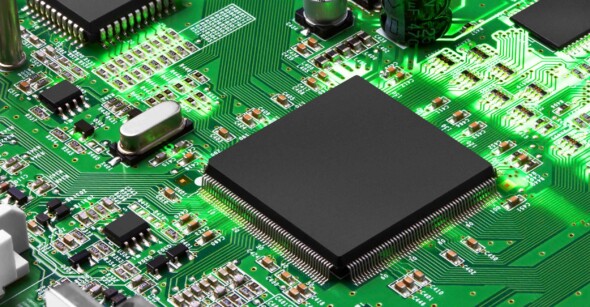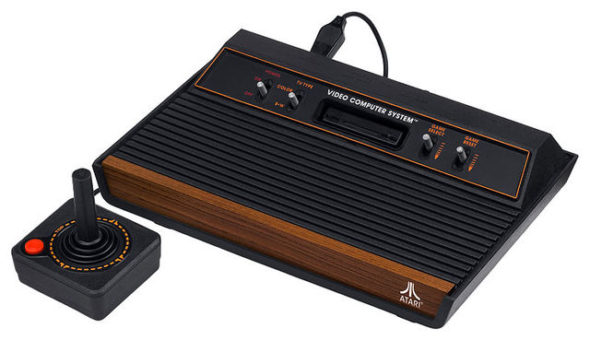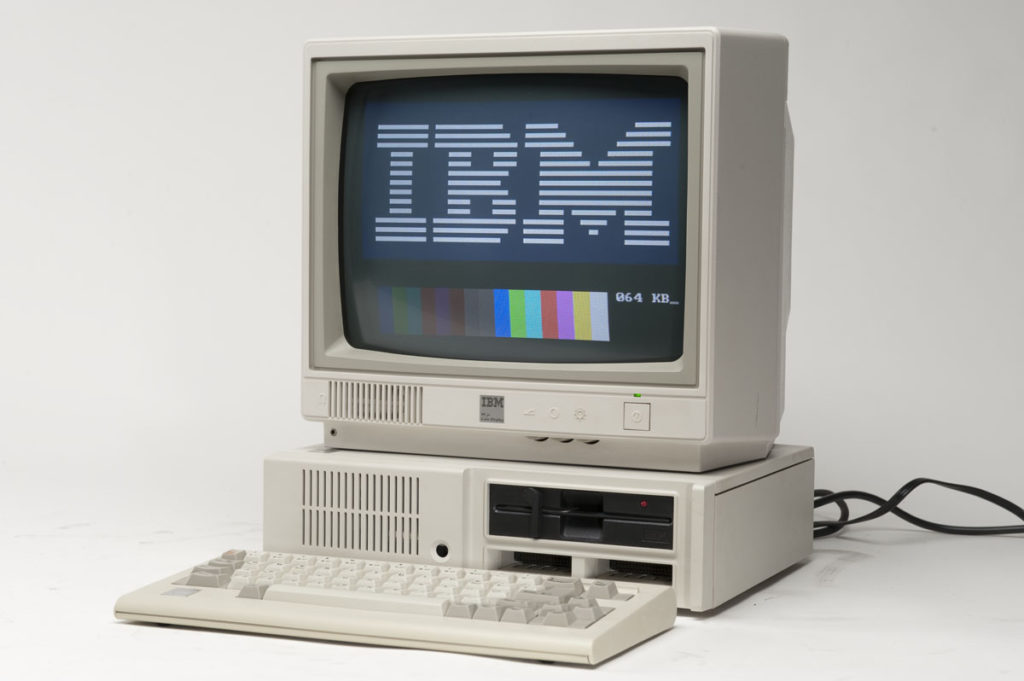Gaming Hardware: Six Decades of Evolution

ENIAC, one of the first general-purpose computers built in the mid-1940s, had no screen, so playing games on it was out of the question. Just a decade or so later, though, the first video game was programmed: Tennis for Two, presented in 1958, used an oscilloscope as a screen and was a major success at the Brookhaven National Laboratory’s annual public exhibition that year. The six decades that passed ever since have seen computer hardware evolve at an amazing rate from monsters the size of a room to the stylish and powerful gaming PCs we use today. So, to celebrate sixty years after the presentation of Tennis for Two, let’s take a brief look at the history of the video game from its emergence to the present day.
From oscilloscopes to the TV screen
As we mentioned above, “Tennis for Two” used an oscilloscope as its display, and this made it very impractical for home use. Soon after it, though, a new breed of games appeared that we could call video games (yet they were not exactly that by definition, at first at least): coin-operated electromechanical games – the first generation of arcade games. The first one was Sega’s “Periscope” – a submarine simulator and lightgun shooter game using plastic waves to simulate sinking ships – released in 1966. It was a massive success across the world, and it was followed by several similar games launched by companies like Taito, Midway, and their likes. In the coming years, arcade games mostly used projections to offer a simulated gaming experience and they were insanely popular until the first true video games hit the arcades in 1971.
From cabinets to living rooms
The 1970s has seen the emergence of many massively successful coin-op games across arcades – the genre entered its “golden age” in 1978, with the release of Taito’s “Space Invaders”, the first blockbuster arcade game in history. At the same time, gaming consoles have also emerged – the first true console was the Magnavox Odyssey, the first one that could be connected to a TV. It was moderately successful, selling 100,000 units in the next three years. The home console industry was given a boost by the release of the home version of Pong in 1974, and several similar consoles. The first console similar to what we know today was, in turn, none of the above – it was called the Fairchild Video Entertainment System (VES) and it was the first to use a programmable microprocessor and relied on ROM-chip powered cartridges. It was soon followed by the Atari Video Computer System, later known as the Atari 2600. After a few years of ups and downs, Nintendo’s Famicom hit the Japanese market in 1983 and released it as the Nintendo Entertainment System (NES) two years later. The following years saw the release of generations upon generations of gaming consoles, slowly reaching the stage we are at today.
Gaming computers
The personal computer was not built with gaming in mind, yet it has become one of the most widespread examples of gaming hardware ever. They became popular among home users in the 1980s, with Sinclair Research’s ZX series, followed by the Commodore 64, the NEC PC-98, the Amiga 1000, and many others. These were the platforms serving as a home for many famous games at the time, some of them still played today through emulators. But the precursor of the modern-day gaming PC was the IBM-PC, released in 1981 as a response to the Apple II. It and its successor called the IBM PC XT, have become the “de facto” standard, with many manufacturers building “clones” under their own brands. By the mid-1980s, the IBM PC standard became dominant worldwide, becoming dominant on the home computer market by the end of the decade. Their CPUs were usually made by Intel, AMD, and Cyrix – it’s no mistake that the two former brands seem familiar. The rest, as they say, is history – PCs became the dominant gaming platform in many areas thanks to their advanced 3D graphics (especially the legendary 3D accelerator cards built by 3Dfx, later acquired by Nvidia).
By 2008, the number of personal computers in the world hit 1 billion, exceeding 2 billion in the next six years – and still growing. And a large percentage of these are gaming computers, custom-built to offer the highest possible performance to their users.
In six decades, the computer became small enough to fit in our pocket and powerful enough to render lifelike worlds and lifelike characters. And the one thing that’s never changed is our desire to play games on them, no matter if they are a university mainframe or a small and stylish personal computer.







No Comments